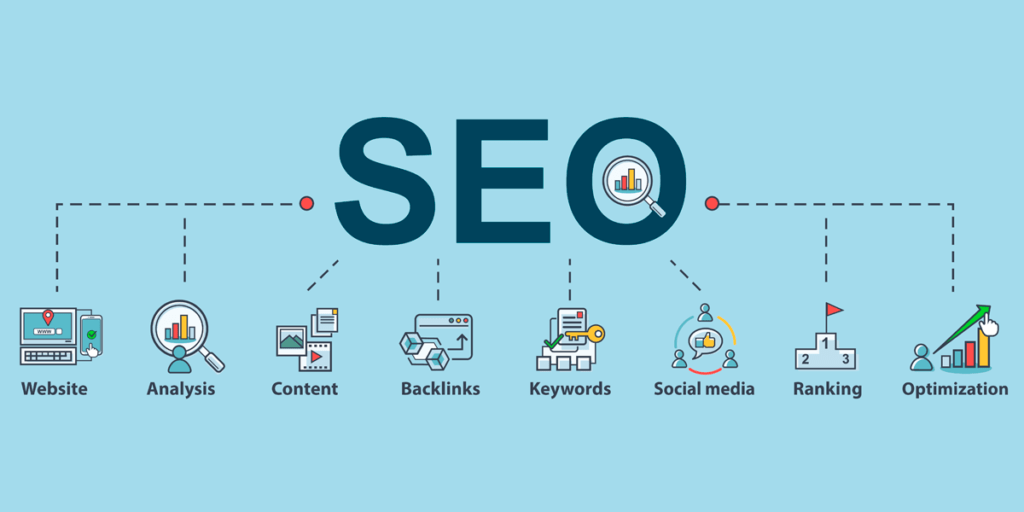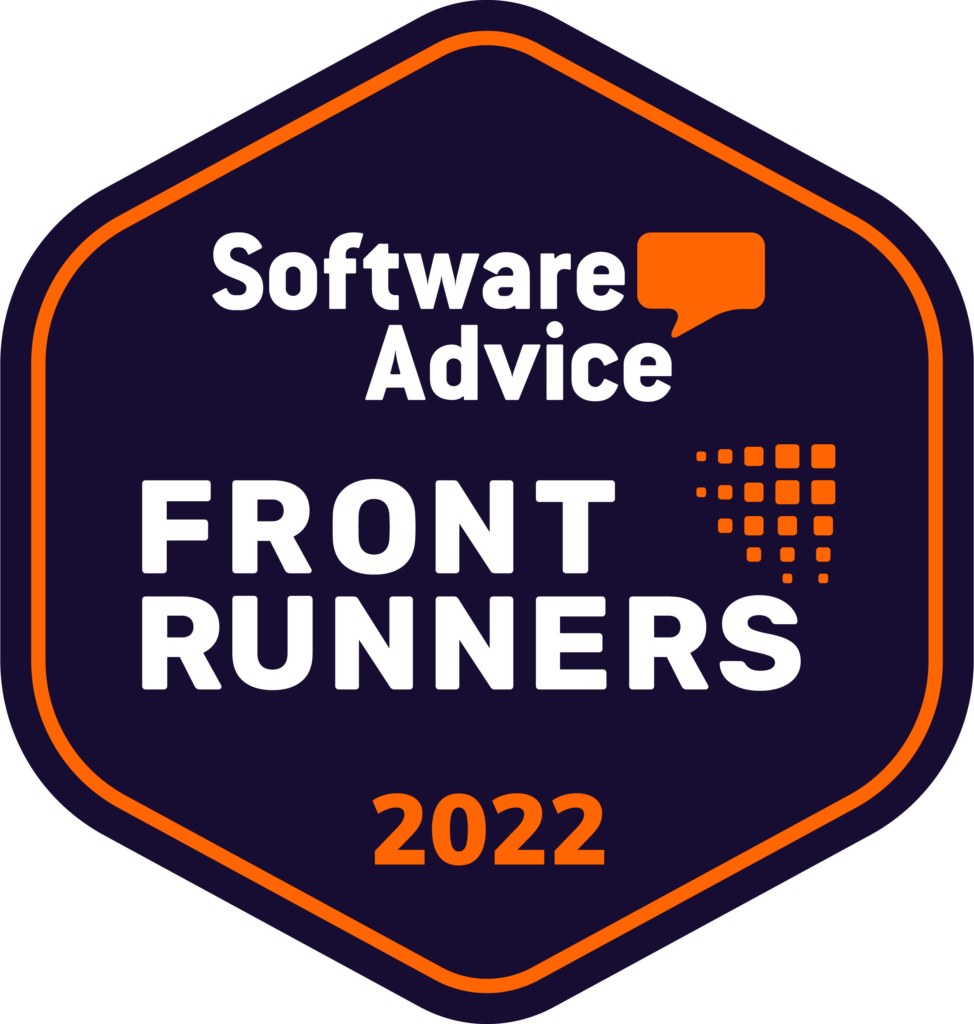Adapting to new technologies is key to businesses’ success in the digital age. Now, consumers rely mostly on their mobile devices and online connections for information, communication, and transactions.
The problem is many organizations are discovering that this isn’t as simple as it seems. Unfortunately, 70% of digital transformation initiatives fail due to the many complexities involved in the process.
A source advocates for a digital adoption platform (DAP) to aid organizations’ smooth transition into the digital age.
Organizations must understand that digital adoption is more than shifting to new technologies and digital tools. It’s a drastic mindset modification of their digital efforts.
A DAP is designed to help members of an organization understand and be proficient in the necessary digital tools and systems. It helps them maximize their use to achieve desired outcomes.
To ensure a successful transition, digital adoption initiatives should include employee training programs, change management initiatives, and the development of a robust digital culture.
Content is Still King

An example of digital technology that benefits organizations is personalizing website content to increase visitors, also known as search engine optimization (SEO).
SEO is an approach that combines various strategies and practices to improve a website’s visibility in web search engine results. Website content and other webpage elements are optimized to align with search engine algorithms.
Using keywords or key phrases is one of the main strategies of SEO; optimizing website content involves understanding the intent of the specific customers you want to visit the page and using keywords that will increase the page’s visibility.
SEO as a strategy goes beyond keywords, however. It also aims to increase a brand or website’s online reputation. This makes it an authority on specific subjects or topics by publishing informative content, using social media marketing, and backlinking or linking to other reputable websites.
Companies have used supplementary digital tools, including an SEO extension and other social media browser tools, to do these.
How SEO Impacts Digital Adoption
Digital transformation is fought on two fronts: internally, as you train employees to be proficient in and maximize digital tools, and externally, as you employ these digital tools to enhance the overall customer experience.
Below are a few ways SEO helps facilitate digital adoption through improved user experiences.

Increased Visibility and Reach
This is the main objective of an SEO strategy. It’s essential in making your website and digital platforms more visible to your target audience.
Increased visibility results in more visitors and users—and more users signify a higher success rate for your digital adoption efforts.
Improved Brand Authority
By publishing high-quality, authoritative content regularly and following SEO best practices, businesses can build up their reputation in their industry. This also fosters brand loyalty among existing customers and helps build trust for potential customers.
Being an authority in your chosen field of expertise boosts your brand and increases customer confidence.
Enhanced User Engagement
SEO doesn’t only affect the content you produce but also the way this content is presented. SEO techniques include optimizations that can improve page loading speeds and the inclusion of page and UX elements that help users make the most of your content.
This, combined with high-quality content relevant to your users, keeps users engaged, and engaged users are more likely to adopt new digital tools and services.
Key Strategies for Aligning Digital Adoption and SEO
Integrating digital adoption initiatives with your SEO strategy increases the likelihood of success for both endeavours. Aligning digital transformation goals with SEO objectives helps build a cohesive approach that leverages available digital tools to produce desired outcomes.
Leveraging Data Analytics
Data analytics is crucial in both digital adoption and SEO. Data collection and analysis allow businesses to gain a more specific perspective on multiple aspects of the business.
Marketing data analytics transforms data collected and transforms them into actionable insights that help organizations determine the next steps and future strategies.
Personalization and User-centric Content
Personalization is a trend that has seen continuous growth due to its effectiveness in increasing customer engagement. Tailoring content to cater to individual users also helps increase customer satisfaction.
It gives the impression that content is made specifically to address their concerns. This consequently increases adoption rates and boosts SEO performance.
Digital Adoption: Adapting to the Future
Technology is constantly evolving and innovating, and it would be simpler if businesses could do the same in equal measure. Unfortunately, digital transformation can be challenging, and many organizations have turned to DAP’s to help smoothen the transition.
A DAP helps by acting as a bridge or “middle layer” between new technologies and old systems, helping users determine what’s still working and what needs to change.
Its goal isn’t to be intrusive but to be a tool that you need less and less the more you use it. The true power of a DAP becomes evident once you find that you don’t need it anymore.







